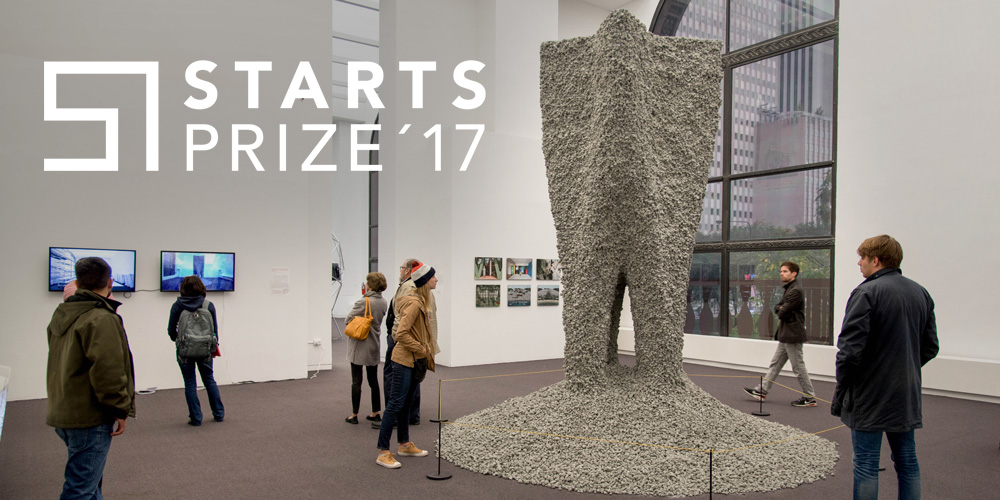
Appointed by the European Commission, Ars Electronica in collaboration with BOZAR and Waag Society has launched a prize to select the most pioneering collaborations and results in the field of creativity and innovation at the nexus of science and technology with the arts. Ars Electronica 2017 presents a selection of the prizewinning and nominated works of STARTS Prize 2017.
This project is presented in the framework of STARTS Prize 2017. STARTS Prize has received funding from the European Union’s Horizon 2020 research and innovation programme under grant agreement No 732019.

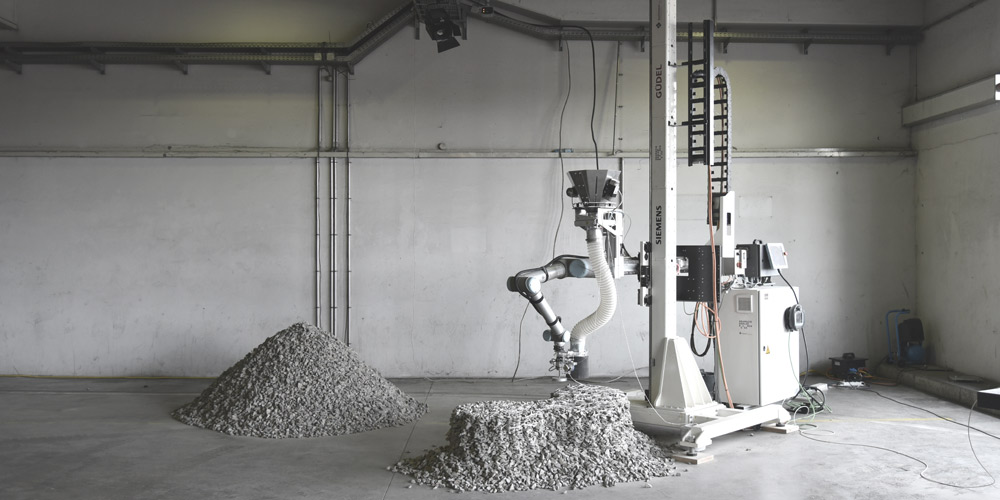
After the groundbreaking exhibition of Rock Print at the first Chicago Architecture Biennial 2015 “Rock Print: a Manistone” demonstrates the significant advances of the ongoing research in jammed architectural structures at ETH Zurich.
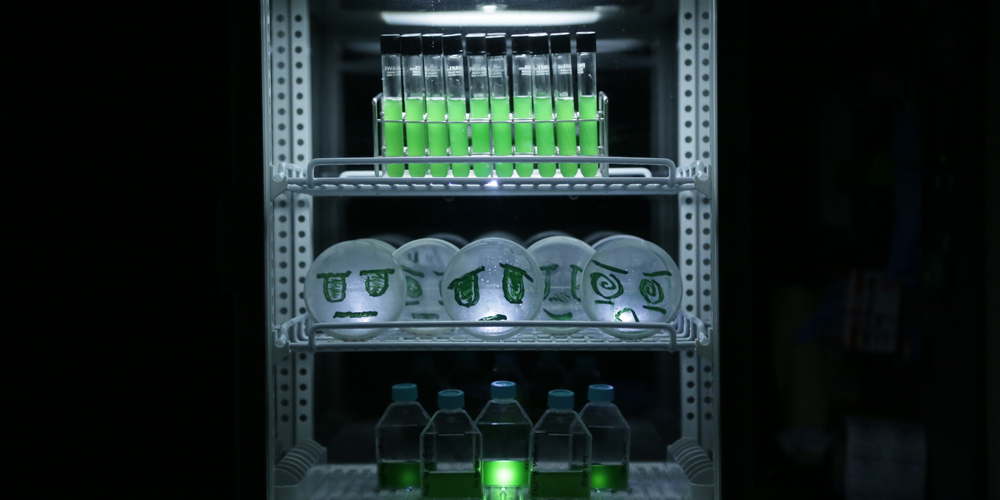
The project “l’m Humanity” is based on the concept of “post-humanity music” and explores how new music will be transmitted, recorded, mutated, and diffused whether sung or played via word of mouth, as scores, through radio, records and CDs, or cloud computing.
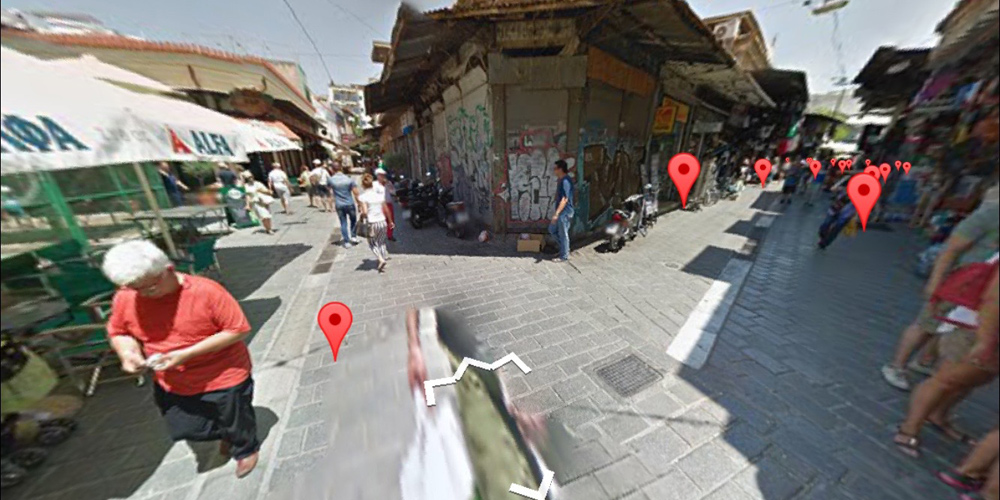
Religion projects the design thoughts and creation laws of a super being, a creator able to demonstrate super-complex structures. The human fear of the unknown and of the inexplicable around us welcomes a super being, a common accepted way of reasoning.
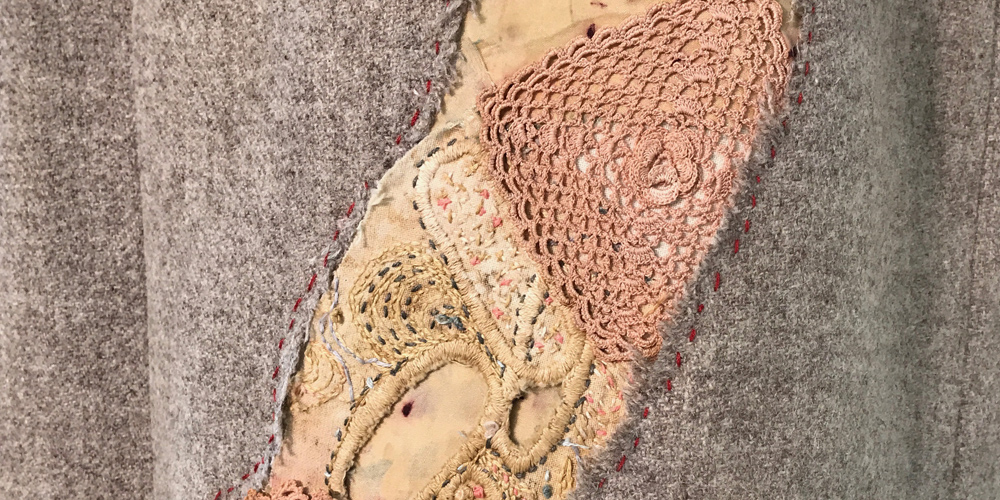
“Make Do and Mend: Controlled Commodity” references the 75th anniversary of the first use of penicillin in a human patient in 1941 and takes the form of an altered wartime woman’s dress marked with the British Board of Trade’s utility logo CC41, which stands for “Controlled Commodity 1941”.
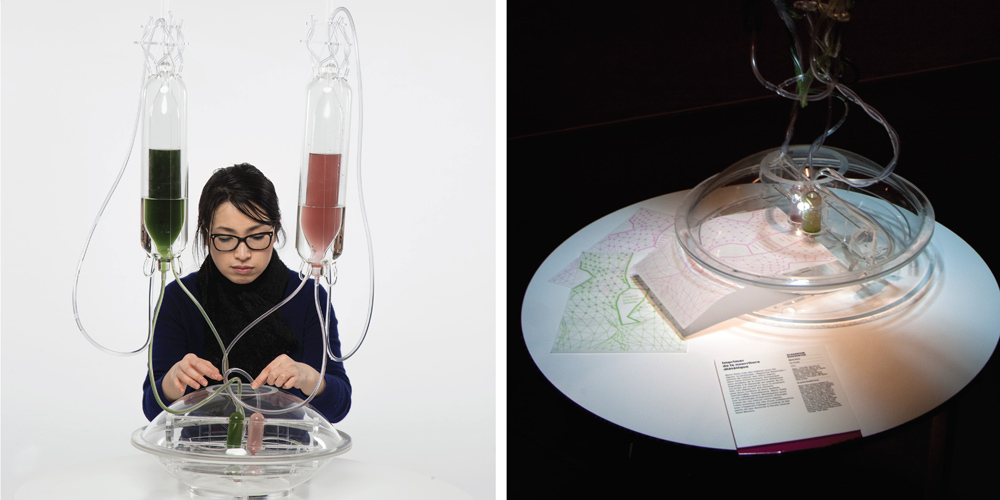
Modern algal biotechnology is largely motivated by technocracy in response to food and energy crises. This biotechnological work seeks the utilization of microalgae not for technocratic ends but for a reconstruction of social practice at an ‘ecosophical’ intersection.
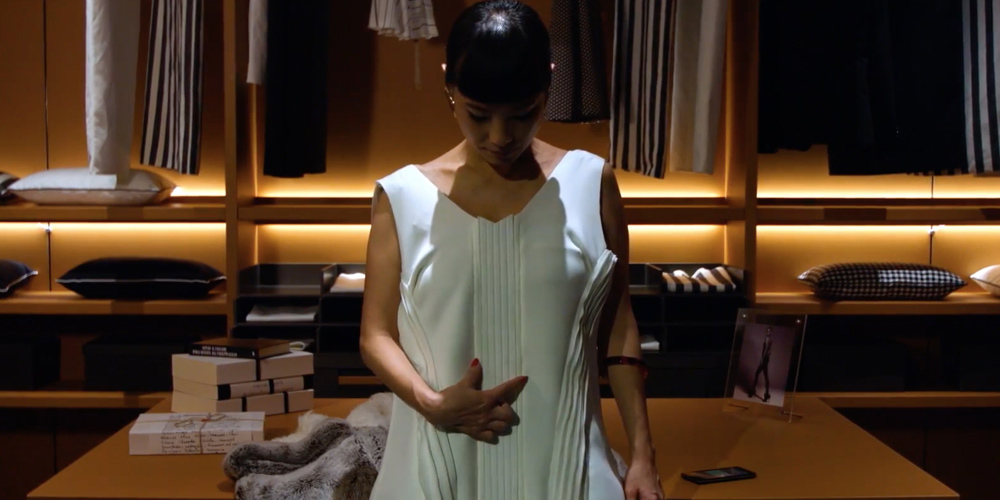
The work aims to speculate on sartorial appearances of the future through blending fashion design and wearable technology.

We humans are creating an enormous invisible network on top of our existing biosphere–the infosphere. The infosphere consists of networks and radio waves. lt’s our new, ever-expanding environment that is growing at a staggering rate.
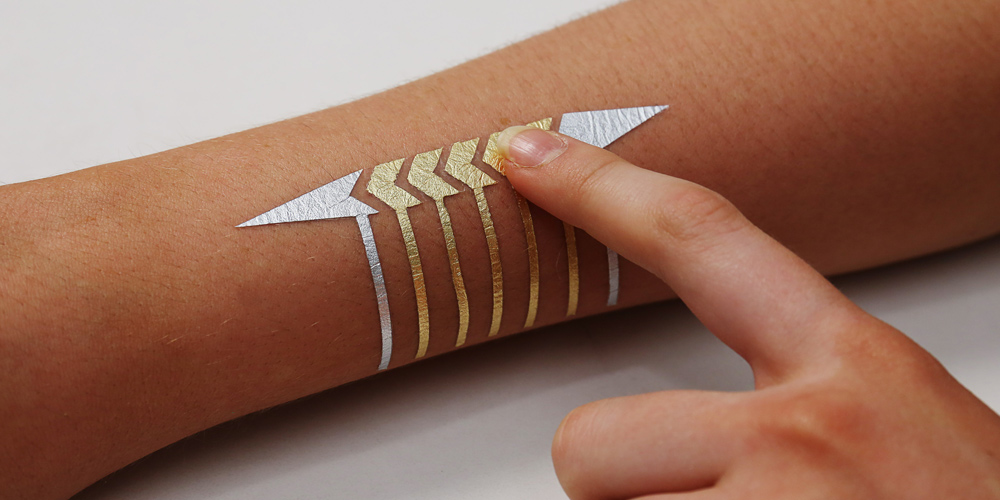
DuoSkin is a fabrication process that enables anyone to create customized functional devices that can be attached directly on their skin.
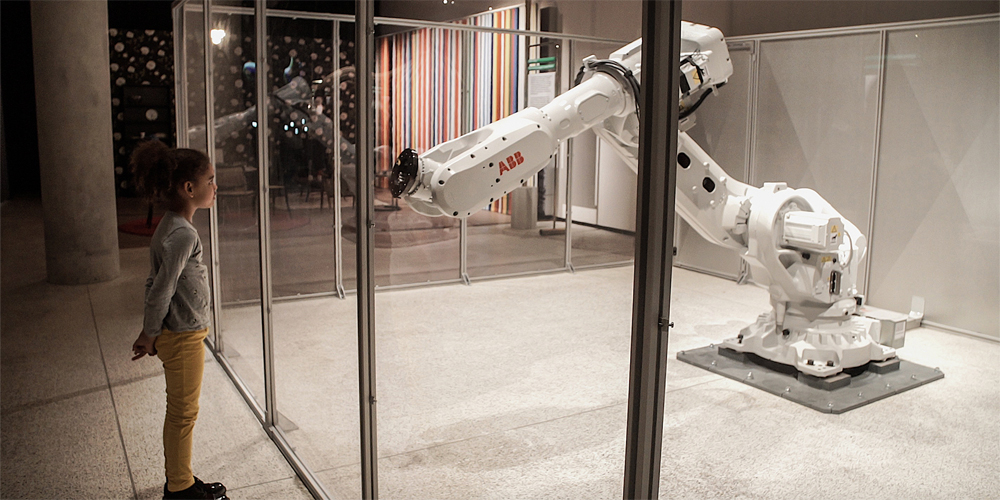
Mimus is a giant industrial robot that’s curious about the world around her. Unlike in traditional industrial robots, Mimus has no pre-planned movements–she is programmed with the autonomy to roam about her enclosure.
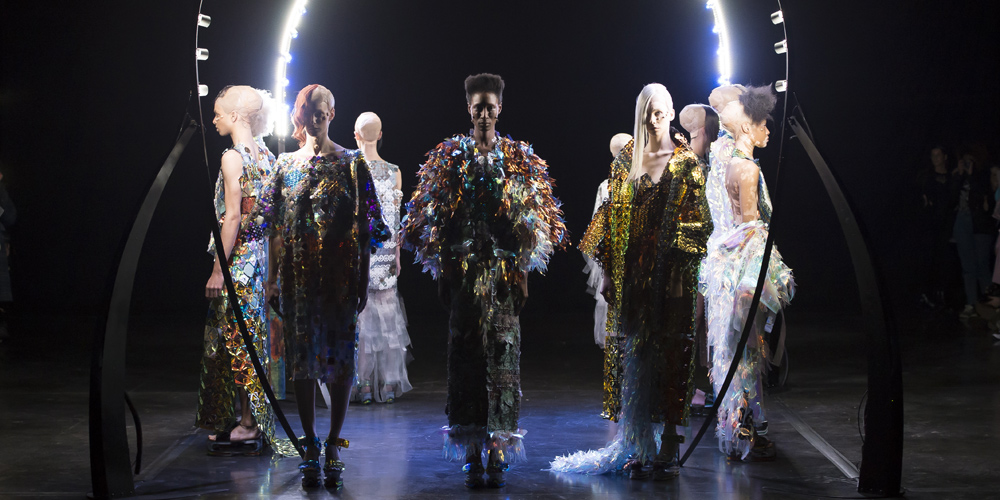
Long ago in history was the belief that the four elements–fire, wind, water, and earth–could combine together as one to birth a never before known substance. Today, this is an unrealistic fantasy, however, by incorporating the latest in technology, the designer imagined the future of clothing in this collection.
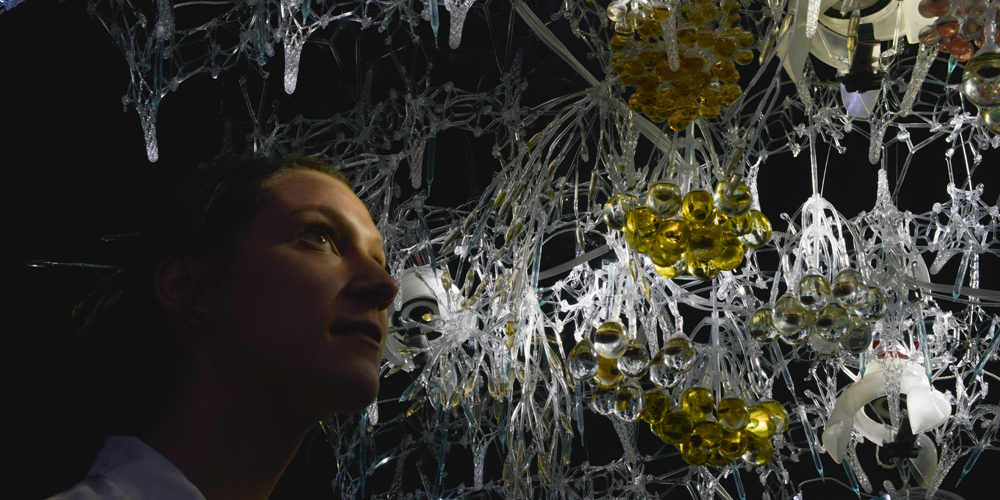
Sentient Veil is a jewel-like canopy containing multiple miniature sound processors interwoven with hundreds of digitally controlled lights installed within the historic galleries of the lsabella Stewart Gardner Museum.
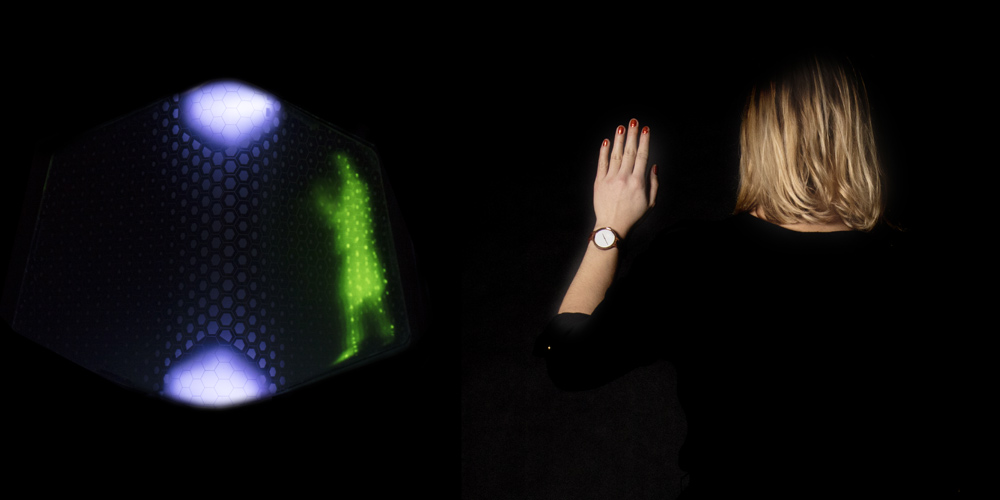
Autonomous vehicles create the opportunity to redefine the relationship between pedestrians and vehicles in the city of the future.
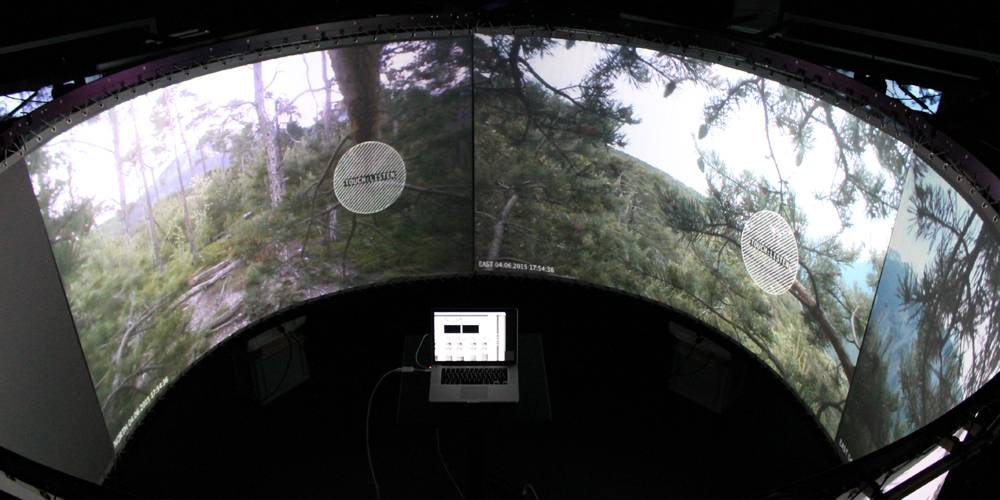
The goal of our artistic-scientific research project trees: Rendering Ecophysiological Processes Audible, was to connect sounds that occur in trees with ecophysiological processes and thus investigate and render perceptible processes in plants that are not noticeable to humans.
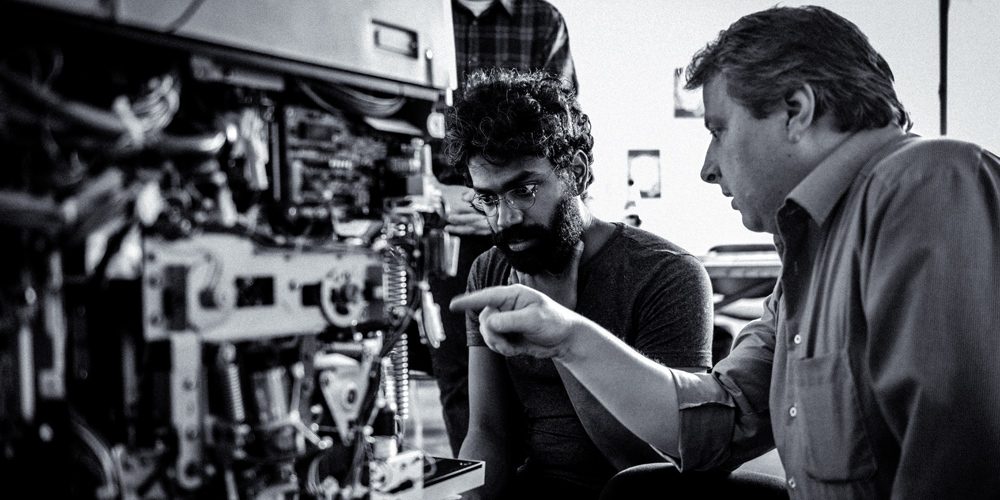
Production in the 21st century works with distributed authorship and identities-artists present their processes “coded” in the fragmentations of global networks. Contemporary artistic output is developed out of collective inquiries, research processes are results of distributed agency between humans, machines, and programs.

![]()















